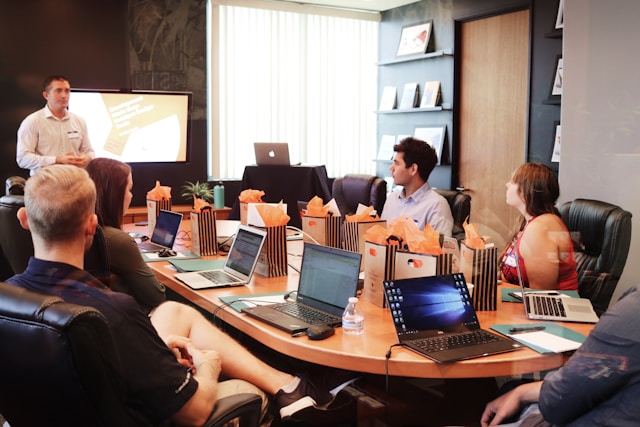As the healthcare industry continues to experience macroeconomic trends, staffing is impacted in numerous ways. With 2025 on the horizon, it’s essential for talent acquisition leaders to stay ahead of emerging trends and predictions to ensure their organizations remain competitive and can effectively meet the needs of their patients. Let’s explore the key trends and predictions that will shape the future of healthcare staffing.
1. Technology Integration in Recruitment Processes – The integration of advanced technologies like artificial intelligence (AI) and machine learning is revolutionizing the recruitment process. These technologies can streamline candidate sourcing, enhance matching algorithms, and provide data-driven insights to make more informed hiring decisions. In 2025, expect AI to play an even larger role in automating routine tasks, allowing recruiters to focus on strategic initiatives.
2. Emphasis on Remote and Flexible Work – The COVID-19 pandemic has accelerated the adoption of remote work in many industries, including healthcare. While some roles in healthcare require physical presence, many administrative and telehealth positions can be performed remotely. By 2025, healthcare organizations will likely offer more flexible work arrangements to attract a broader talent pool, improve work-life balance, and increase job satisfaction.
3. Growing Importance of Employer Branding – Employer branding is critical in attracting and retaining top talent. By 2025, organizations that invest in building a strong employer brand will have a competitive advantage. This includes showcasing company culture, values, and employee testimonials through various channels, such as social media, company websites, and job boards. Here’s a “Guide to Employer Branding” as a resource.
4. Rise of Data-Driven Recruitment – Data analytics will continue to transform healthcare staffing. Leveraging data to track key performance indicators (KPIs), such as time-to-fill, cost-per-hire, and employee retention rates, will help organizations optimize their recruitment strategies. Predictive analytics can also forecast staffing needs and identify potential talent gaps before they become critical issues.
5. Enhanced Professional Development Opportunities – Ongoing education and professional development are vital for retaining healthcare professionals. By offering continuous learning opportunities and clear career progression paths, organizations can increase employee satisfaction and loyalty. In 2025, expect more healthcare facilities to invest in training programs and partnerships with educational institutions.
Preparing for the Future
The future of healthcare staffing is ever-changing, with exciting opportunities and developments. By staying informed about these key trends and predictions, talent acquisition leaders can proactively adapt their strategies to ensure their organizations thrive. Embracing technology, building a strong employer brand, and focusing on data-driven decisions will be essential in navigating the challenges and opportunities that lie ahead.
Are you ready to future-proof your healthcare staffing strategy?


















